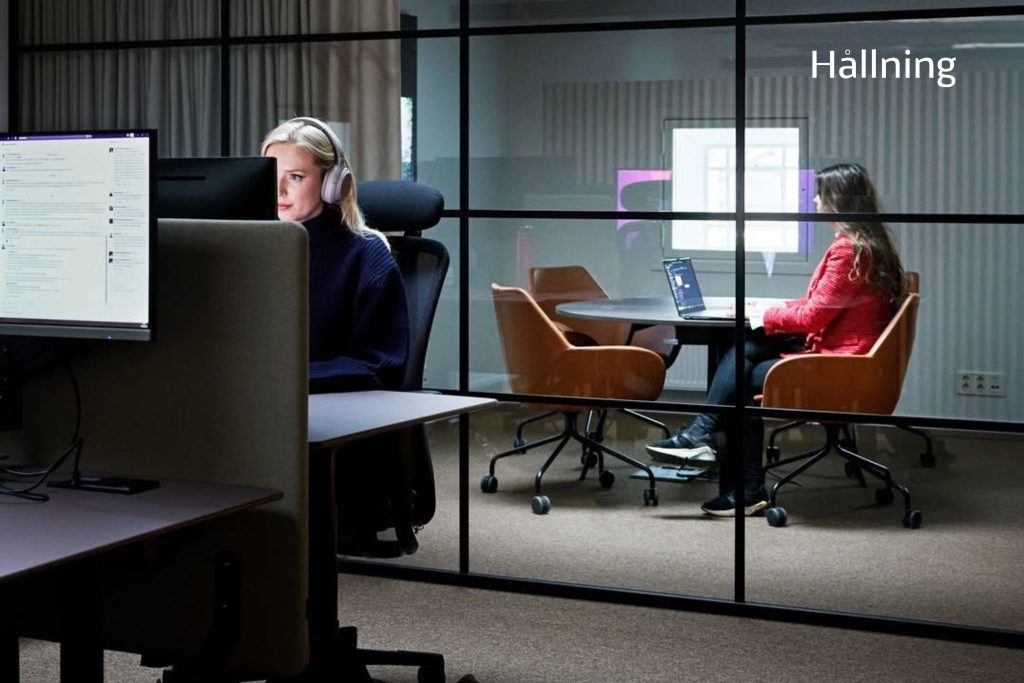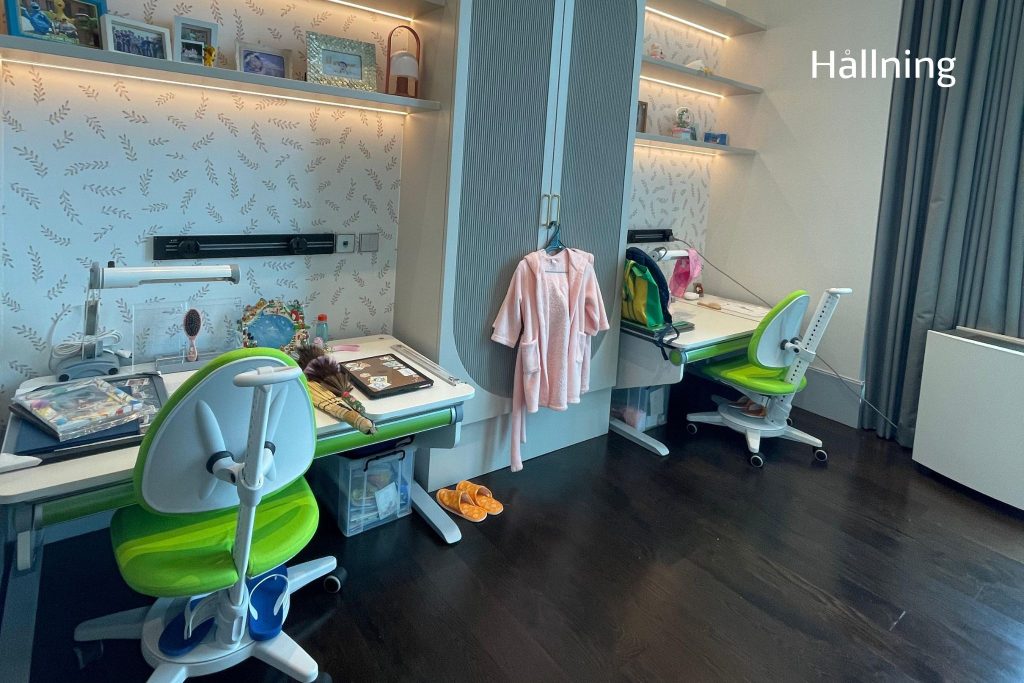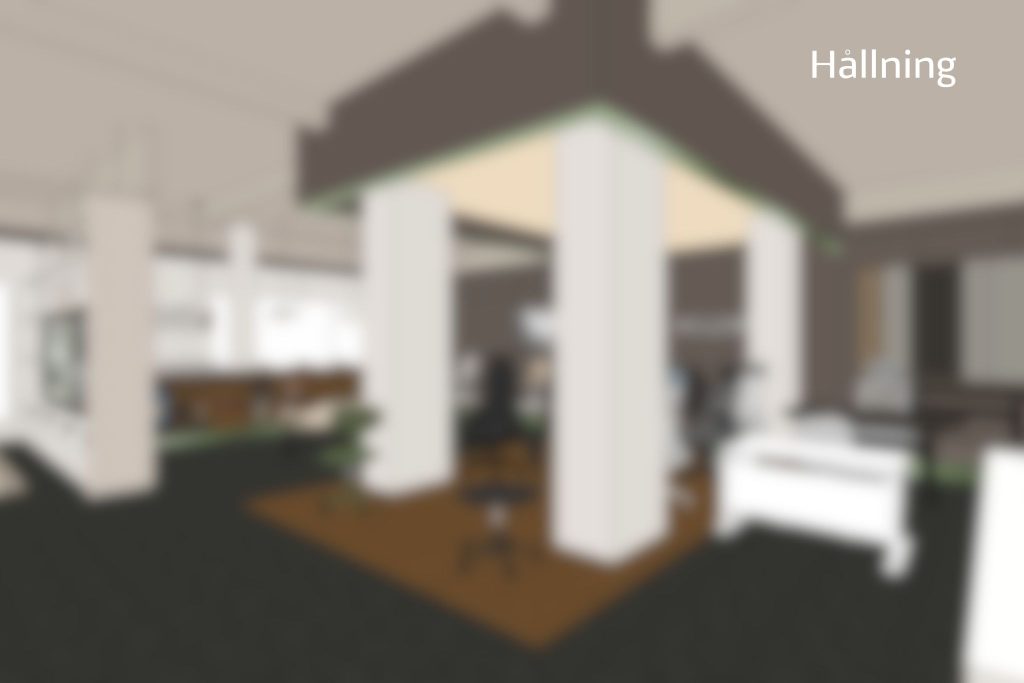Creating Workspaces That Enhance Focus, Productivity, and Creativity Through Lighting
In the first of a series of articles, we explore how lighting can influence the creation of ideal workplace environments that enhance creativity, productivity, and focus. No matter where you work, optimizing your surroundings is a powerful way to boost productivity, spark creativity, and sharpen focus—whether for yourself, your team, or your colleagues.
From the air quality to the layout of your workspace, numerous factors trigger natural biological responses that can be leveraged to work more effectively.
In this piece, we delve into the role of light and share actionable steps to help you improve your workplace design through smarter lighting choices.
No matter your work environment, establishing optimal working conditions is key to fostering productivity, creativity, and focus in yourself, your employees, or your colleagues. Factors ranging from air quality to furniture layout can trigger natural biological responses that enhance overall effectiveness in work.
In this article, we examine the influence of lighting and discuss strategies to improve your workplace design by leveraging light effectively.



Let there be light
A well-lit workspace is essential for productivity, as working in the dark is challenging for most people. American neuroscientist Dr. Huberman highlights that light significantly impacts our biology, promoting better focus and productivity. For the first six to nine hours after waking, the brain produces high levels of dopamine and epinephrine, creating a state of alertness—whether or not caffeine is involved. This alertness can be sustained with ample overhead light, as the neurons in the lower half of the retina respond best to light in the upper field of vision, encouraging ongoing chemical release for enhanced focus.
Optimizing Your Workspace
While sunlight is ideal for overhead lighting, it’s not always practical. Investing in high-quality overhead lights that provide bright, full coverage in work areas is essential.
When possible, position desks near windows, but consider the sun’s daily path to avoid glare on screens or light shining in people’s eyes. Opening windows can enhance effectiveness, as closed windows filter blue light, which is crucial for productivity.
For home offices, ensure your ceiling light is suitable. Many homes use mood lighting that may dim overhead brightness, so consider upgrading to a brighter fixture to boost natural chemical production.
Finding the right balance and type of light is crucial, as individual sensitivity to light varies. While it’s a common belief that bright fluorescent or halogen lights cause migraines, they can exacerbate symptoms for regular sufferers and diminish the ambiance of poorly designed workspaces. LED lighting is an excellent alternative; it’s energy-efficient, long-lasting, and easily adjustable for optimal brightness.

Combining artificial overhead and an abundance of natural light creates the perfect conditions to induce better focus and productivity amongst employees
The Color of Light
We’ve all experimented with prisms in school and learned that white light consists of various colors. But why are these different colors important in the workplace?
Blue light plays a key role by reducing melatonin production, the hormone that promotes sleep. Increased exposure to blue light leads to greater alertness and less fatigue. A study from the University of Greenwich found that blue-enriched light bulbs made employees feel happier, more alert, and significantly reduced eye strain.
Optimizing Your Workspace
Warmer lighting, such as red or yellow/white hues, supports natural physiological responses without inhibition. As the day progresses, switching to these light tones allows your body to follow its natural rhythms, helping to maintain happiness and motivation. Warmer lighting is often favored in environments like client meeting rooms and dining areas, as it creates a more comfortable and relaxed atmosphere conducive to productivity and collaboration.


Warmer lights in the orange and red hues work well in casual areas such as dining rooms, providing a more comfortable and relaxed atmosphere
Bright overhead lighting can help staff feel happier, more alert, and experience less eye strain.
Additional Information
Daily Rhythms
With light, it is key to follow your natural circadian rhythm. Your body is shifting from dopamine to serotonin and other neuromodulators, which are better for creative and abstract thinking. Naturally, as the day wears on, the sun begins to lower. Mimicking this with your workspace light helps to maintain a healthy chemical balance, allowing you to work to effective levels. By providing the wrong light levels, you can disrupt your natural rhythms, causing loss of concentration and poor productivity.
Optimising your workspace
In the afternoon, light levels should be brought down, with desk lighting introduced and overhead lights made dimmer. If possible, more warm yellow lighting should be preferred in the afternoons instead of blue lights.
Screen brightness
Most office workers will use a computer all day long. Moderating brightness levels should be a standard part of any lighting strategy. One important part of keeping your workspace light during the early part of the day is to ensure your screen isn’t overly bright in comparison.
Optimising your workspace
AS the day wears on and your overall workspace will dimmer down dimmer, meaning you should look to reduce screen brightness, and if possible, lower blue lighting specifically. You can set this to automatic on many devices (My mobile phone is set to automatically remove blue light from 8pm onwards) and once set can be left to do its thing.
Highlighted Products


Est. 2002
Your One-stop Ergonomic Solution for a Smart & Healthy Lifestyle
For more information, you can reach us out at, info@hallning.com or our official whatsapp services.








